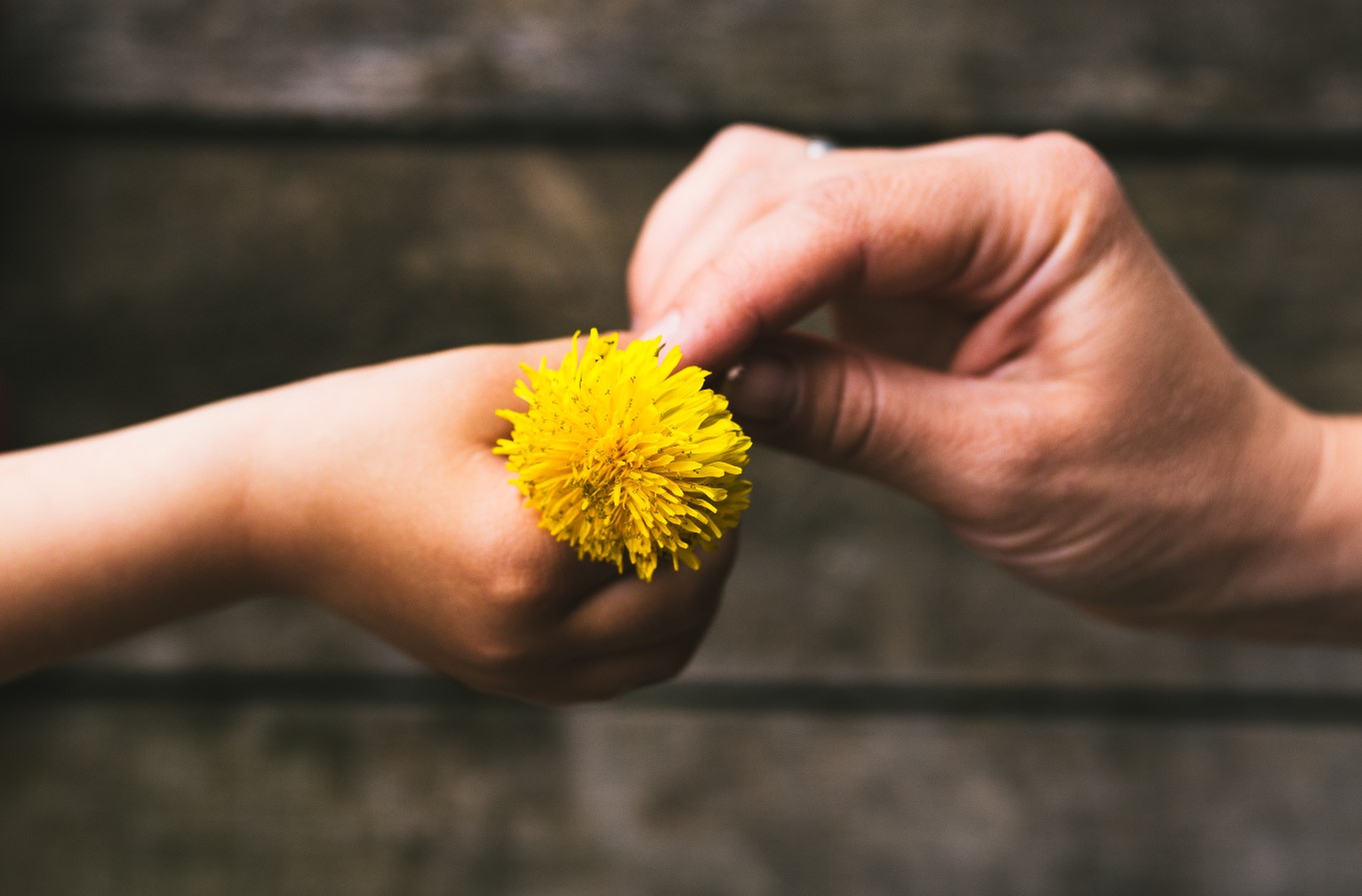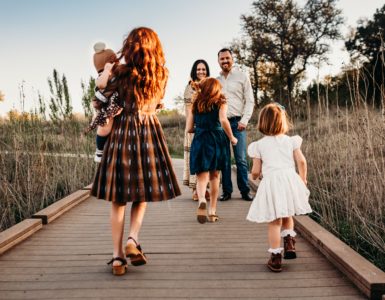If you are a hopeful adoptive family, dutifully filling out forms and completing home studies, you are probably thinking, and often, “I can’t wait until I adopt my baby!” Or a toddler or an older child. You have probably been very busy prepping for the upcoming adoption, so much so that you might not have thought too much about post-placement. This is the phase of life after you adopt. Experts tell us how important it is to talk to our children of adoption about their origins and to talk about their adoptions. But if we don’t think ahead to the post-placement phase, we might not plan out how exactly we will teach our child about adoption, the role it has played in their life, and how this affects their identity as an adopted person into adulthood.
“After I adopt my baby, I’m going to…..!” This phrase invokes so much excitement about what is to come for you and your newly formed family. You will have many hopes and dreams about the days to come and that is beautiful. But also take the time to think about some adoption-specific plans that you can implement after you adopt. If you have some goals in place, you will be more likely to speak openly about adoption and make it a part of your life and journey, from the beginning. Here are some things to think about:
After I adopt my baby, how will I teach my child about adoption?
It is easy to brush off a question like this and leave it for another time, especially when it is a baby that is adopted. Babies don’t ask questions and don’t carry a conversation. I was particularly aware of this issue the first time we adopted. We had fostered a little girl from birth and were able to adopt her when she was eighteen months old. I was so aware of my ability to just not talk to her about adoption and put it off for too long that I wound up talking to her about it all the time. I would say, “Emma, you are adopted! We are so blessed to have you in our family!” It broke the ice for us. It helped us to make her adoption a normal part of our lives and our conversations.
I didn’t ever want talking about her adoption to feel awkward. I was fairly nervous about how to transition into age-appropriate adoption talk and I was aware that everything we said needed to be in positive adoption language. We didn’t want her to feel shame or confusion about her adoption, especially because of something that we had said. About this time, I started looking for books on adoption that I could read to our daughter. Some of them didn’t totally apply, were more for international adoptions, or were for older kids; I decided that I didn’t care. My husband and I decided that we just wanted adoption talk to be a thing in our home, so we bought ALL the books and read them often.
Teaching about adoption is a choice. You need to set goals and take action on those goals to make them happen. If your child doesn’t get the information from you, the true, real information, they might absorb things from what is said around them by their peers and friends and this information might not be the best. It could be inaccurate, biased, or even cruel. Plan to teach your child solid information about adoption to give them a firm foundation of who they are and where they came from. You can also create a life book, which we chose to do pictorially with captions, to explain your child’s adoption story.
After I adopt my baby, how can I embrace my child’s culture if it is different than mine?
Embracing and upholding culture is so important. Your child will need to learn how to talk to people about their adoption and how to respond to negative or intrusive comments, particularly if they are visibly different in ethnicity than the rest of your family. Sadly, people are often intrusive and far more inquisitive than they need to be. Most people don’t intend to be rude but are rather intrigued by adoption and might ask before they think. I have been on the receiving end of the “So, who is adopted and who is yours?” question more than a time or two, and usually in front of all the kids, who are bright-eyed and very aware of what is being asked.
Racism is, unfortunately, always a possibility as well. One of the best ways to build self-esteem in children of adoption is to support and celebrate their heritage. Some ways that our family has done this is to take traditional dancing lessons (one of our daughters is Beaver and one is Cree – we have celebrated this by having all of the children in the home join with them in dance lessons as the local Friendship Centre, make jingle dresses, and attend a local powwow, all of us participating as a family), learn the children’s traditional languages (both oral and written), attend cultural days, visit with elders and members of their Nations, cook traditional foods, and research and read about their culture. Anything that can connect your child with their culture is a positive. Engaging the whole family, including any children who don’t share their culture, shows solidarity and love. And, of course, always, ALWAYS speak respectfully of their culture at all times.
After I adopt my baby, how will I educate my family about adoption?
In my experience, this is a real thing. We probably have learned a lot through voracious reading and research during the waiting and matching periods, but that does not mean that our extended family has. Some family members may need help to use positive adoption language, break down stereotypes, speak respectfully about birth families, and understand openness in adoption. Some families may have prejudiced views that need to be addressed immediately. Off-color jokes or slang can be very hurtful to children of adoption.
In most situations, extended family come around quickly and become aware of how their words or comments might affect a child; other times, you will need to make hard decisions about how to deal with a family member that isn’t appropriate when it comes to adoption language or respect. These can be tricky situations and sometimes outside information or help is required.
After I adopt my baby, how will I facilitate healthy communication if we have an open adoption?
My husband and I specialize in what we call “wide-open adoption.” This was a choice that we made quite early on, partly after I read the book “The Birth Mother’s Journey”, and after I realized how healing it was for both parent and child to be able to have a relationship. Open adoption is not always easy and it is not the right fit for every family. Open adoption requires love, patience, and a whole load of grace by all parties.
Sometimes, birth parents are not ready or able to participate in an open adoption due to mental health issues or addiction. Other times, even those birth parents with the most extreme struggles are quite willing to accept the boundaries in place in order to experience openness with their child. It all depends on the individuals involved and the circumstances. We have had birth parents stay with us over holidays and even, for short periods, live with us under certain circumstances. I have learned that healthy communication is THE key to making open adoption work.
Boundaries are a must.
Boundaries sometimes hurt feelings, but they are quite necessary to make the relationship work long term. Boundaries are what we as adoptive parents put in place to say “I want this to work, so here is what I can accept and what I cannot.” Boundaries set out both what we are willing to do and not do. It is crucial to think carefully about our boundaries as sometimes we want so badly to facilitate the relationship that we agree to more than we can handle. It is harder and more painful to back out of something later than it is to set a boundary now. So, say what you mean and mean what you say. Even if it feels awkward, say no to things that seem overwhelming or things that make you uncomfortable. You can always give more or add more later.
Start with fair, firm boundaries that are clearly communicated for success in your open adoption. Sometimes, for parents with addictions issues or low functionality, it is helpful to have a written agreement, outlining the number of visits, phone calls, etc. Sometimes a non-legally binding cultural agreement will seek to set out some of these things and it can be referred to by birth and adoptive parents time and time again.
Honesty is a must.
While you cannot control the birth parents’ actions, you can certainly control yours. It is very important that you, as the adoptive parent, are always honest. This will build trust and prevent relationship breakdown.
Safety first.
If you are ever uncomfortable with the actions or behaviors of a birth parent, it is time to take a step back. When you are newly entering into an open relationship, meet in public places and let someone else know when and where you are going. You can use a pay-and-talk cell phone, or a new email address to maintain privacy, especially at first. You can always open up more later as you get to know each other.
Allow your child to have a voice. Sometimes, children don’t want to see birth parents. This is okay. As the adoptive parent, it is your job to run interference and deal with any awkwardness this causes the birth parent. I have found that a simple, “She is not feeling up for a visit today. Let’s try again later,” is best. Honest, to the point, but fair to the child. If the birth parent struggles with this, recommend a counselor or ask if a break from visits is needed. The child, at this point, would likely benefit from speaking to a counselor as well. Never require a child to hug, kiss, or sit on the lap of a birth parent. Children should be taught that they have a say regarding their bodies, even in healthy ways. You as the parent are the buffer and enforcer if need be.
After I Adopt My Baby
Life after adoption is never the same. It also is not a magical world where everything is easy. Life after adoption will have both magical moments and difficult moments. You will have many years ahead of you to learn and grow with your child. You will make many beautiful memories, but give yourself grace for the inevitable mistakes you will make along the way. Although it does take some planning to implement positive adoption teaching within your home and family, it will get easier as time passes.
If you have an adoption support group in your community, I encourage you to join, especially early on in the post-placement life. You can look online for adoption groups and the adoption.com website is a wealth of knowledge and encouragement. It is important to foster a love and habit of learning about adoption and about how to talk about it at all developmental stages with your child. As long as you are intentional about it, you are on the right track. Relax and enjoy this life you are creating, the family you have formed, with your adopted child. Post-placement is the best place to be!




